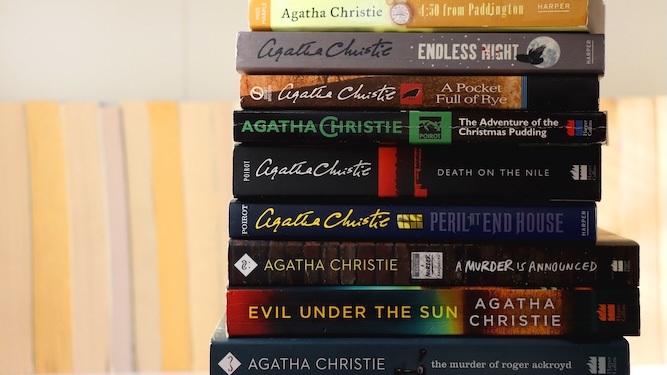MURDER. Once it was an ugly word, referring to vile acts that took place in filthy alleys and the homes of the destitute that it was besmirching to even read about.
But in 1920 all that changed. Because that was when a visionary from the upper-middle class of Torquay asked if murder wouldn’t be much nicer if it was committed in the drawing room of an exquisite country house within sight of a manicured lawn.
That visionary was Agatha Christie, and papers discovered recently record the very moment of her revelation. She wrote: “What a grubby business murder is. So unworthy of the English soul.
“But as I watched the blood run between the cobblestones, it came to me: murder doesn’t have to be unpleasant, or uncomfortable, or take place in such low-light settings. It could be pleasant, cosy, and present the reader with an intriguing little puzzle to solve.
“Striding away from the body, I realised when performed on the Lord of the manor in a stately home approached by an avenue of lime trees murder could be a suitable entertainment for the educated and monied with no grubby trappings.
“I arrived home, washed my crimson hands, and settled down to write just such a book. Fictionalising recent events, I soon had a manuscript in which murder was a mere parlour game and easily solved by a clever man.
“I had gentrified murder and, it occurred to me, if millions of women like myself could be sated with fictional murder in nice locations with well-spoken suspects, perhaps they would not be driven to the same depths as I. And it would all be worth it.”
So Agatha Christie created the nice, safe, Laura Ashley-print country house murder novel enjoyed by so many middle-class women repressing their urges today.
Next week: to Vienna, 1913, where Hitler, Lenin and Trotsky dismiss as nonsense any claim that too much strong coffee leads to delusions.


